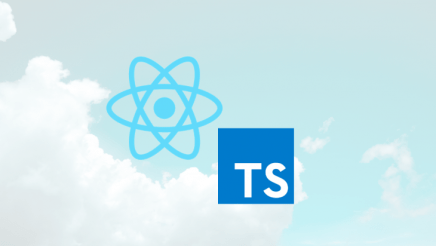
Prop drilling is one of the most common gripes with React. You add a prop or event in a component way down the hierarchy and you’re forced to add it to every parent component as well.
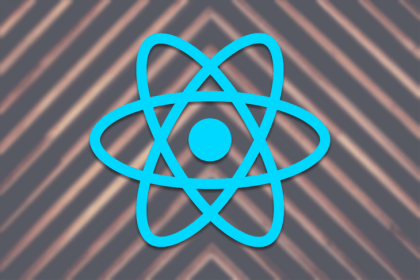
React Helmet is a document head manager that makes it easy to improve SEO for your React-based SPAs.

Do you need to use React Router for your project, or will Wouter do the trick? Find out with this guide.
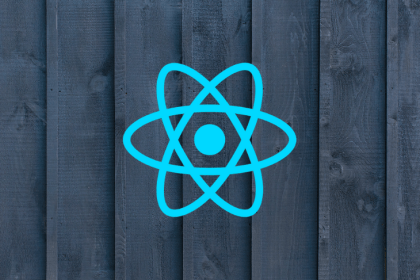
In this tutorial, we’ll demonstrate how to build a password generator app and create reusable components in React.
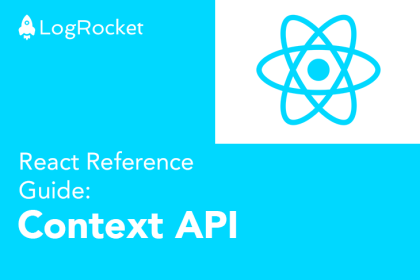
Our guide to React’s Context API, including when to use it, its API components, and its caveats.
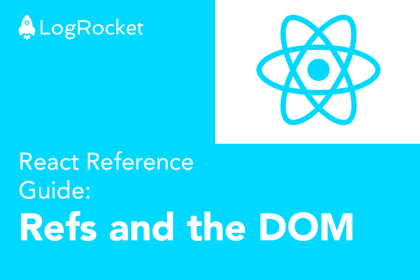
Our complete guide to React refs and the DOM, with suggestions for further reading.
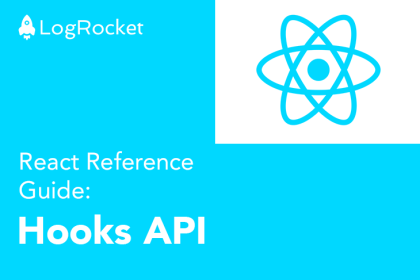
Our all-in-one reference guide for basic and advanced React Hooks, with suggestions for further reading.
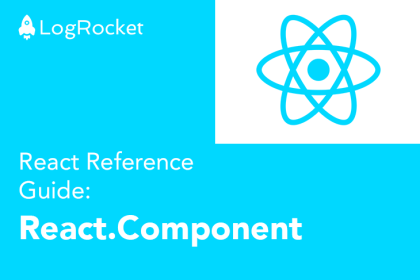
Our all-in-one reference guide to the React.Component class API, covering the component lifecycle, lifecycle methods, and class properties.
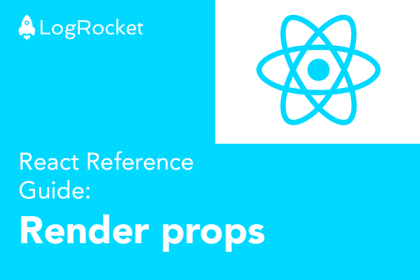
Our all-in-one reference guide on render props in React, including how to implement render props, how to implement HOCs, and more.
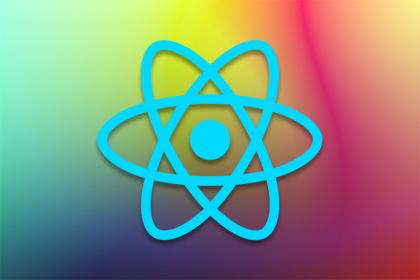
Don’t settle for a tired spinner. Add some extra character to your site with a custom loading animation built with SVG.
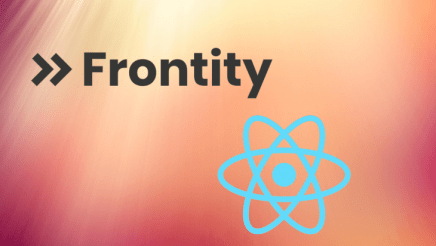
This post shows you how to use Frontity, an open source React framework for WordPress, to connect WordPress’s REST API to your React app.

React Stripe.js is a lightweight wrapper around Stripe Elements that allows you to quickly integrate Stripe in your React apps.